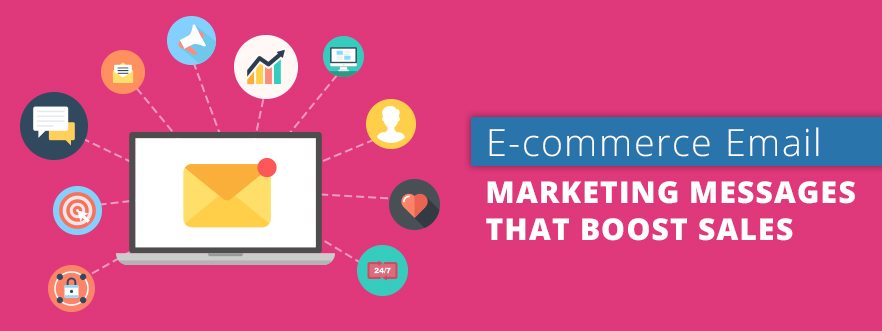
How to Target Email Marketing for E-Commerce
By admin
Email is one of the most effective marketing platforms, especially for e-commerce businesses looking to provide their readers with valuable and actionable content. A strong email marketing campaign can substantially increase audience engagement and help drive traffic on your web store.
On the other hand, customers are growing increasingly selective about their inboxes, so marketers need to respond by developing more effective strategies for email. Continue reading to learn more about increasing ROI through targeted email marketing.
Targeted Campaigns
Table of Contents
In contrast to email campaigns that simply involve sending the same set of messages to all users, targeted campaigns leverage audience segmentation tools to send the right content to the right readers. Targeting can be based on a wide range of audience data including things like location, age, and previous purchases.
Thoroughly segmenting your email list makes it easy to send emails that each user is more likely to engage with. More relevant content leads to higher conversion, click-through, and open rates, and it allows you to develop more personalized relationships with your subscribers. If you’re not already segmenting your list, you’re missing out on a higher ROI from email marketing.
Starting Your First Targeted Email Campaign
Moving from non-targeted to targeted email marketing campaigns involves segmenting your subscriber list to contact different subgroups. After deciding how you want to divide your readers, you can use your email marketing solution to perform the segmentation for you and add new readers to the correct groups.
Different companies focus on different segments, but there are a few common criteria that function as a great starting point for marketers new to email targeting. Users who have abandoned carts, for example, are the perfect audience for your first targeted remarketing campaign. Other information like gender, age, and location can help you create content that’s tailored for different users.
You’ll need to gather any relevant data in order to start segmenting your users, so consider adding more fields to your sign-up form. This makes it easy to include new readers on the right lists without requiring any extra work.
Creating Customer Personas
Customer personas are the next step in an effective targeting campaign, giving you a more personal understanding of who your readers are and what they value in your brand. Every segment of your audience has its own priorities, so customer personas allow you to sell differently for each group of readers.
Start by creating one persona for each of your segmented sets. Include information like gender, age, and income, along with their job if that’s relevant to your business. Finally, consider which brand messaging is most likely to appeal to each group.
Analyzing Your Campaigns
No matter how good your initial segmentation and targeting strategies are, there’s always plenty of room for improvement in a crowded field like email marketing. The most effective marketers understand how to make consistent changes to their approach in order to continually increase their ROI.
Most email marketing tools offer a wide range of analytic information, and many also facilitate A/B testing for in-depth comparisons between different messages. A/B testing is the best way to identify strong and weak points in your approach and adjust future content based on marketing analytics. Without this information, your emails will likely grow stale and lead to reduced engagement over time.
Targeted email marketing campaigns introduce a range of new challenges, but effective segmentation can significantly increase your email marketing ROI. These tips will help you start your first targeted email campaign and create valuable and engaging content that stands out from the competition.


